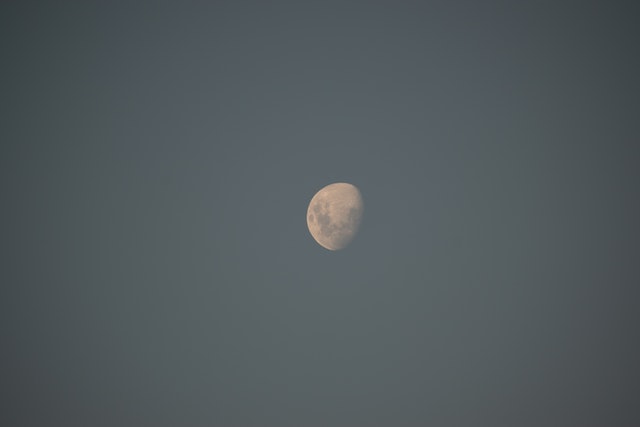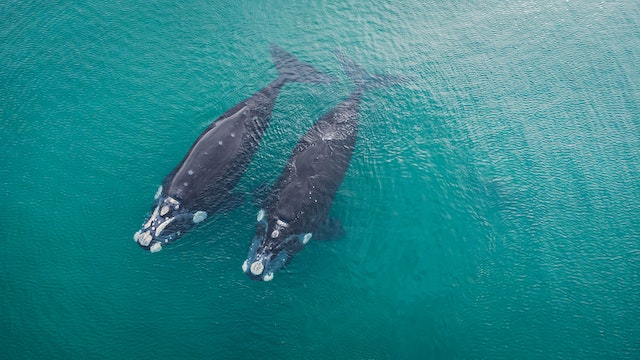In a thrilling astronomical revelation that has left both scientists and space enthusiasts captivated, a new cosmic companion has made itself known to Earth—a celestial phenomenon known as a “quasi-moon.” This discovery has sparked widespread interest and curiosity, prompting us to delve deeper into understanding what exactly a quasi-moon is and how its presence impacts our planet.
A quasi-moon can be described as a temporary visitor that enters into a gravitational dance with a larger celestial body, such as Earth. Unlike our Moon, which has been faithfully orbiting Earth for eons, a quasi-moon’s tenure is transient, as it eventually continues its journey through space. This latest quasi-moon, tentatively named “Astraeus,” has mesmerized scientists and stargazers alike.
Astraeus, estimated to be approximately 200 meters in diameter, has become the subject of intense study due to its unique orbit and interaction with Earth. This cosmic companion offers researchers an unparalleled opportunity to expand our knowledge of these celestial wanderers and their impact on our planet.
Dr. Rebecca Martinez, a leading astrophysicist at the Stellar Research Institute, sheds light on the significance of Astraeus’s discovery: “Quasi-moons provide a fascinating window into the dynamics of celestial bodies and their interactions with larger planets. By studying Astraeus’s trajectory, composition, and the forces shaping its movement, we can gain valuable insights into the complexities of these cosmic relationships.”
The origin of quasi-moons remains a subject of ongoing research and speculation. Scientists believe that they may originate from asteroids or fragments of comets that, influenced by gravitational forces, find themselves temporarily trapped in the gravitational field of a larger celestial body.
Astraeus’s presence not only piques scientific curiosity but also sparks contemplation about its impact on our planet. While the gravitational influence of a quasi-moon is minimal compared to that of the Moon, it can still have subtle effects on Earth’s orbit and tides. These effects, although minor, contribute to the complex tapestry of cosmic interactions that shape our planet.
Researchers are keen to uncover the secrets held within Astraeus. Observatories around the globe have turned their powerful telescopes towards this celestial visitor, aiming to gather data that will illuminate its nature and shed light on the mechanisms that govern the behavior of quasi-moons.
Beyond its scientific implications, Astraeus’s arrival stirs the human imagination. It sparks dreams of future space exploration, igniting discussions about the potential for extended human presence beyond Earth’s borders. However, such dreams must be tempered with an understanding of the immense challenges and responsibilities associated with deep-space exploration.
As we marvel at the enigma of Astraeus, it invites us to reflect upon our place in the universe and the interconnectedness of celestial bodies. It serves as a reminder of the vast cosmic dance unfolding around us and the wonders waiting to be discovered.
While scientists endeavor to unravel the mysteries surrounding Astraeus, this quasi-moon will continue to grace our skies, reminding us of the endless frontiers of knowledge and the incredible marvels that await us in the vast expanse of space.











